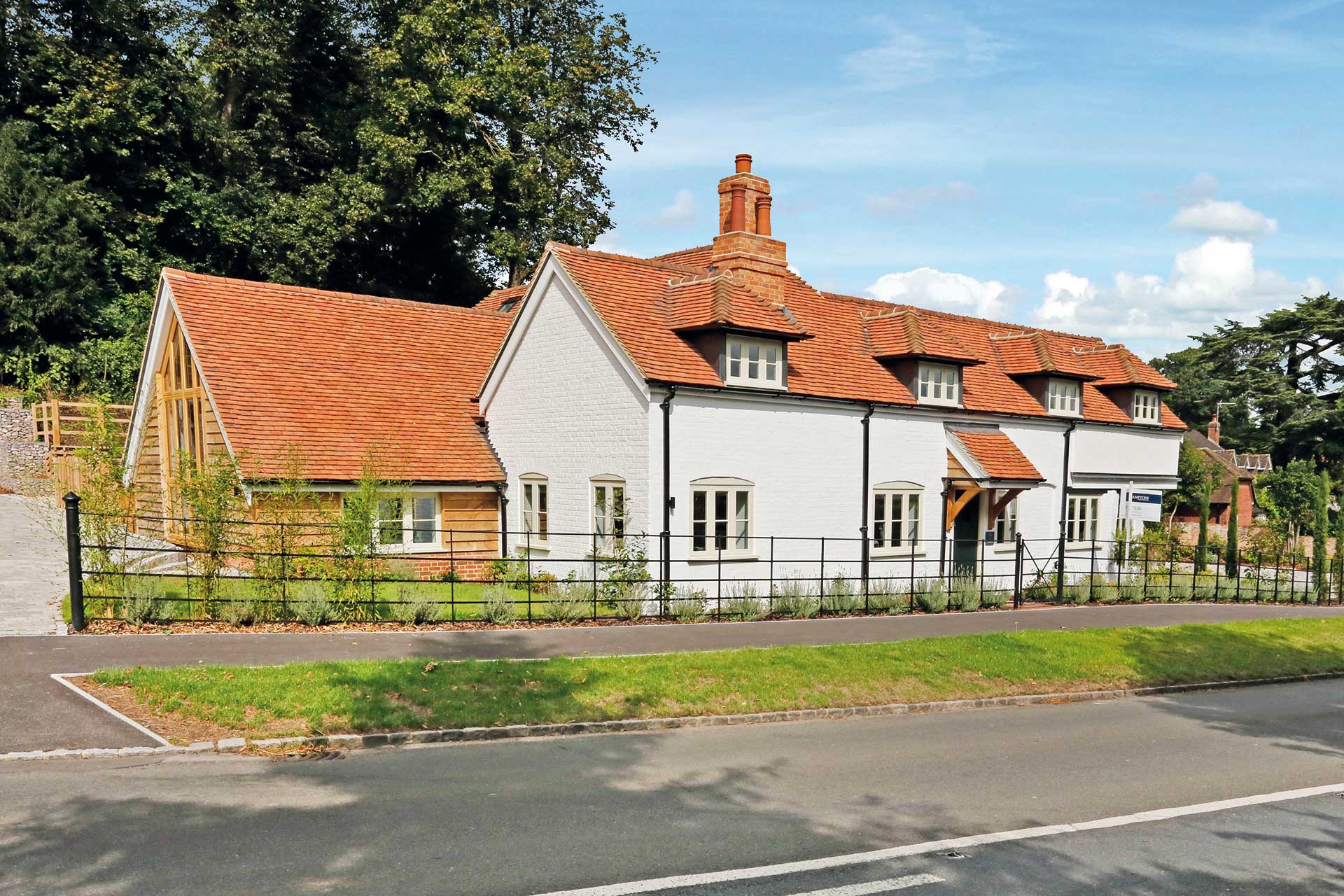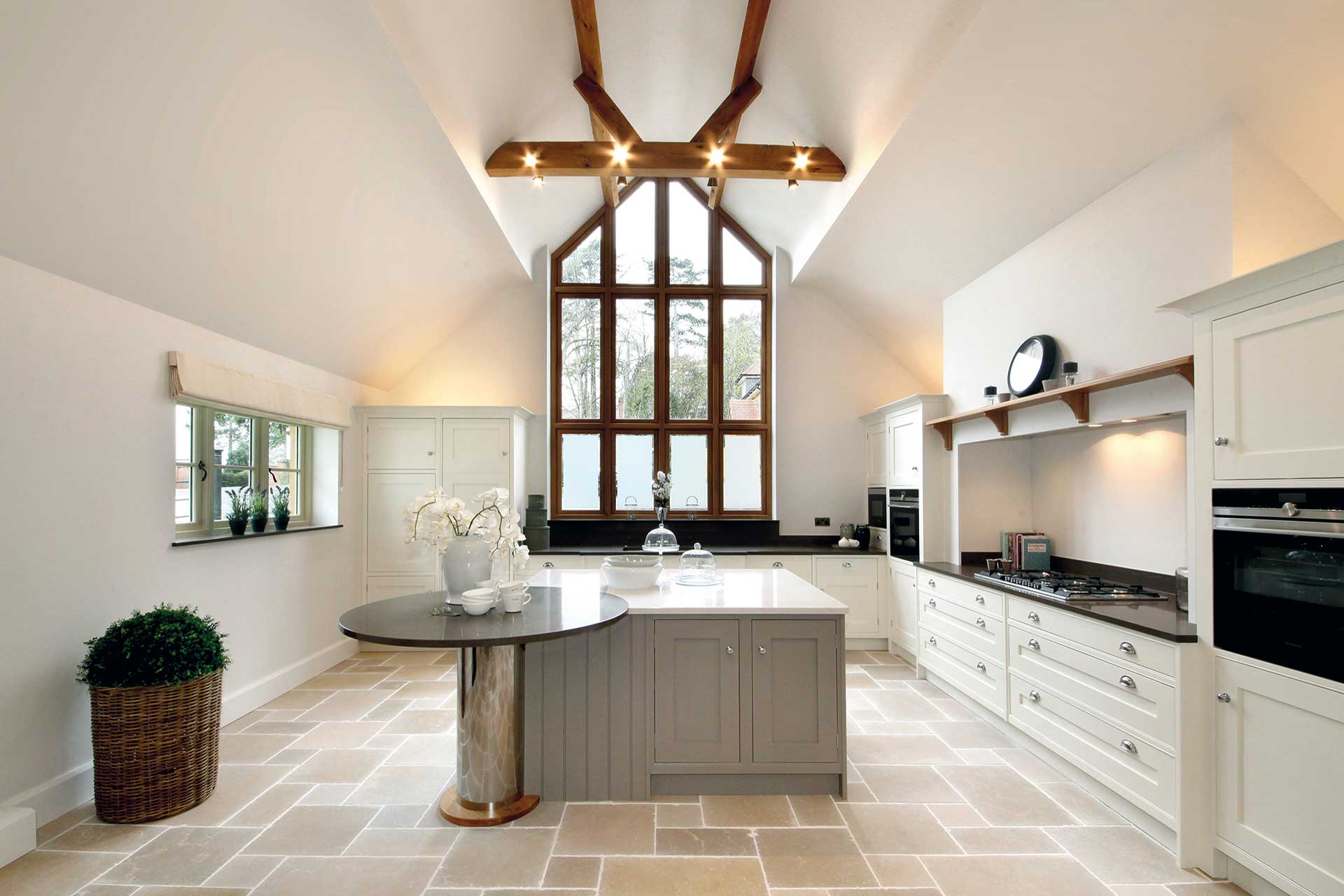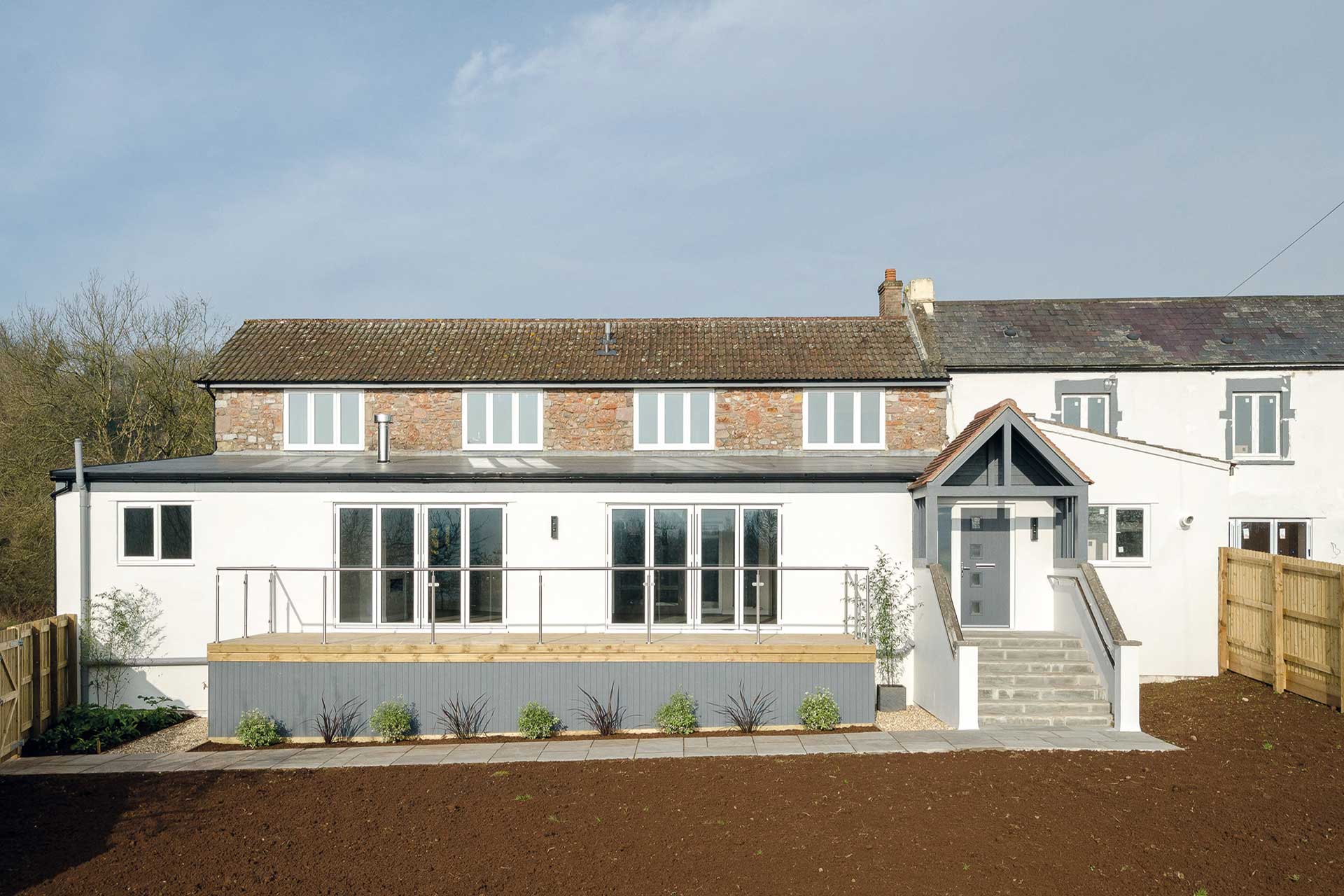Pulling a Proper(ty) Pint: Britain’s Fastest-Selling Conversions
Pubs are the UK's fastest-selling property conversions, say experts. Here's why...
This post may contain affiliate links. Learn more
A decline in the number of pubs around may not necessarily be a bad thing. According to estate agents, redundant pubs are the fastest-selling property conversions in Britain. With both the convenience of a modern home and the character of a period property, this is surely a good reason to raise a glass…
It’s an irony that while pubs are dying out, estate agents say homes created from redundant inns are Britain’s fastest-selling conversions – outstripping those properties carved from old churches or schools.

This former pub in Marlow is on the market for £1.595m
‘Pubs produce homes with comfortable reception rooms with open fireplaces, period beams and an abundant character. If it was once a pub with rooms, the bedrooms will be of a similar size and proportion,’ explains Knight Frank partner William Furniss.
The good news for buyers is that there are ever-more pubs undergoing conversion: the Campaign for Real Ale says that more than 20 close every week across the UK. The flip-side, of course, is that the communities in which those pubs sit lose what many regard as their social hub.
The decline in numbers may be fast but it’s not new. There were 99,000 pubs in the UK in 1905, falling to 77,500 in 1935 – a figure that remained roughly static for four decades. But by 1980 there were 69,000 and, by 2013, just 48,000 remained. Some new pubs open of course – chiefly on new housing estates – but the direction of travel for the traditional hostelry is clear.

The open plan kitchen in the Marlow pub conversion is modern yet retains original features
Unsurprisingly, supporters of pubs often mount spirited opposition to closures: no planning consent is required to convert one into a restaurant, shop or some kinds of offices, unless the pub has been designated by the local council as an ‘Asset of Community Value’. So far 2,000 pubs in England alone have won ACV status – this does not guarantee the pub’s survival, but it means at least it won’t change without a struggle.
Yet when local inns do change into homes – a type of conversion that always requires planning consent, whatever the pub’s status – they produce cracking results. A grade II listed pub in Marlow, Buckinghamshire, dates from medieval times but is now a contemporary home thanks to a conversion retaining the character of original features alongside under-floor heating and the creation of a triple aspect open plan kitchen (£1.595m through Hamptons).
Or try The Billingsley, one of two homes created from what used to be The George at Nettlebridge, a hamlet just south of Bath. The configuration of the pub has allowed the five-bedroom house to feature three floors of large rooms including a lower ground party area, a stunning ground floor kitchen/dining room that opens to a raised terrace, plus an acre of woodland (£895,000 through Knight Frank).

This former pub outside Bath comes with an acre of woodland
While these first-class examples show exactly why pubs are the nation’s favourite conversion, experts nonetheless say buyers should be aware of the disadvantages.
‘Room and window sizes can be restricted, dependent on how a conversion is done. Another disadvantage would be location – pubs are typically sited on what are now busy roads so this can sometimes affect potential buyers,’ cautions Giles Davidson, a senior manager at Hamptons International.
Yet the best conversions escape such pitfalls and offer buyers that rare cocktail: the convenience of the modern home with the character of a period property. Surely that’s a good reason to raise a glass?
MORE PROPERTY: Property Of The Day | The Great British One-Off: Unusual Properties | The Best Conversion Properties on the Market
